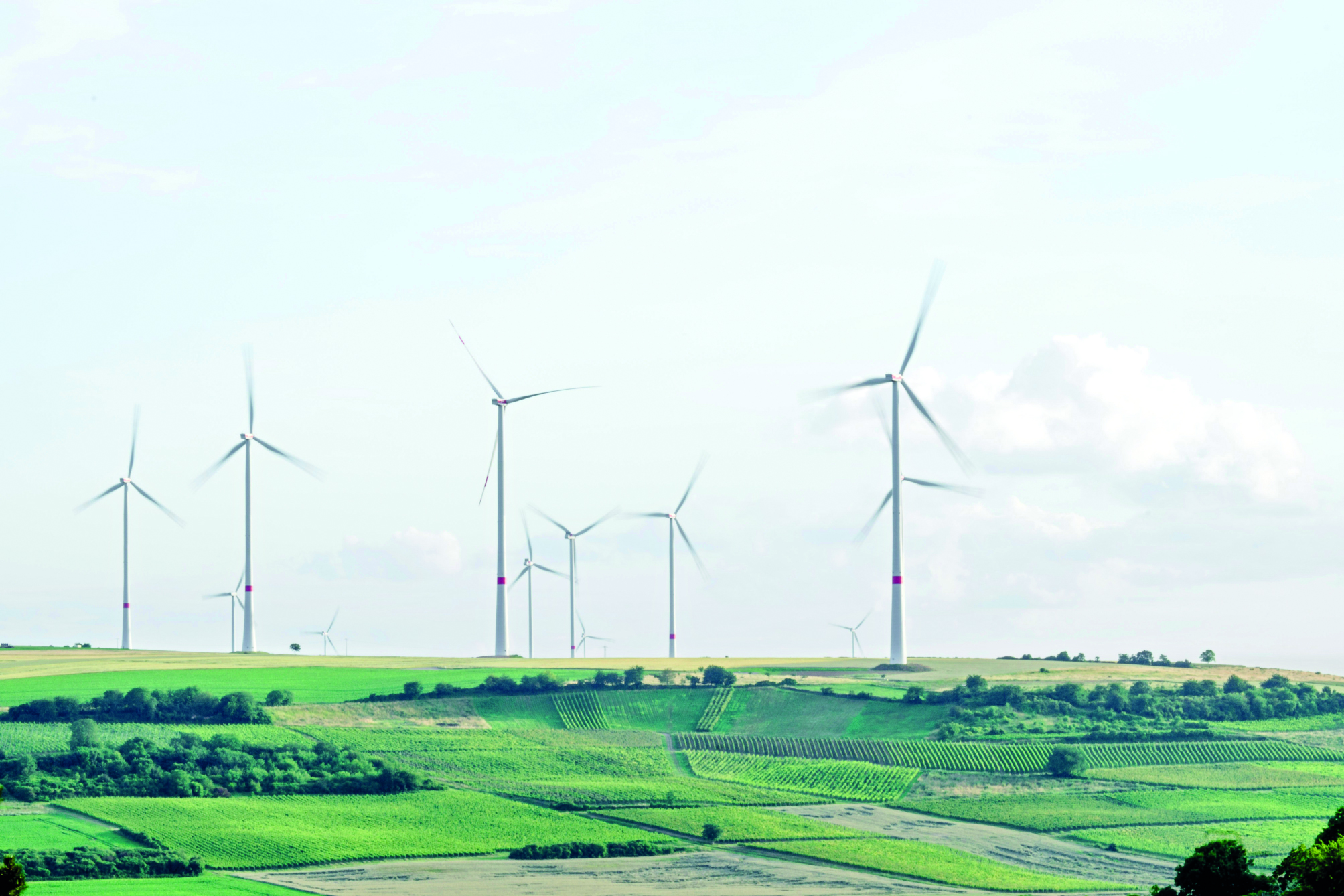‘Winds’ of change
After solar energy, wind power—a pivot in combating climate change—has been offering clean energy but faces challenges including grid integration and high costs. Its role will likely grow with technological advances, policy support, and wider global adoption

In the fight against the challenges posed by global warming and climate change, wind power holds an important position. Along with solar, it provides a popular and flexible source of renewable energy. Interestingly, wind power is not new and has been for thousands of years. China and Persia have known to use windmills in the era before Christ. In the Middle Ages, it was the Dutch who were the early leaders, using wind power to drain marshes and grind grain. In the 19th and 20th century, many countries including the UK, Denmark, the US and Russia established wind farms. However, fossil fuels proved to be more cost-effective and wind power was soon sidelined. The oil crisis of the 1970s pushed countries towards renewables and more recently, wind power has again become popular because of the move away from fossil fuels due to global warming.
Wind power: a growing sector
Wind Power has seen major advances in technology, leading to a fall in the costs of installation and running of turbines. According to the International Renewable Energy Agency (IRENA), the onshore installed wind capacity in the world in 2023 was about 950 GW and offshore installed wind capacity was 75GW. The world has also been adding to installed wind capacity steadily in the last few years. The year 2023 saw a record 116 GW addition to wind capacity, which was a record.
China is again at the forefront of adding wind capacity and is also the leader in generation of wind power. China has an installed capacity of 221 GW and also boasts of the largest onshore wind farms in the world with an installed capacity of more than 7500 MW. China is followed by the USA, with an installed capacity of around 100GW, Germany (56GW), India (35GW), Spain (23GW),
UK (21GW). The others in the top 10 include France, Brazil, Canada and Italy. In terms of wind power’s share of the total power generation, Denmark leads the way with 56 per cent of its generation coming from wind power. The Netherlands, Portugal, the UK and Uruguay also have 33 per cent of their generation coming from wind power. Interestingly, all the Dutch Electric trains run on wind power. Wind power contributes to more than 7 per cent of world power generation in 2023 (as compared to about 6 per cent for solar power generation).
In terms of generation, wind power’s global output in 2023 was 2300 Terawatt hours, with China being the largest generator. China generated 845 Terawatt hours of wind power in 2023, which was 40 per cent of all wind generation in that year. China was followed by the US with 425 Terawatt hours of wind power generated, accounting for 22 per cent of total wind power generated in 2023. The other major generators of wind power in 2023 were Germany, Brazil, India and the UK.
Challenges in wind power
While wind power has become a dominant source of renewable energy, it faces its own challenges. One of the main challenges is that power output from wind generation is not steady and varies with wind speed, making it an unsteady source of power. As a result, it cannot be the provider of steady base power. Further, it is also a challenge to integrate wind power with the grid. A related issue is the lack of adequate transmission infrastructure. Since wind farms tend to be in remote locations, evacuating power is always a challenge. The other challenges are: high capital intensity, requirement of large tracts of land to set-up wind farms, lack of skilled manpower, technical issues in turbine failures and difficulties in setting up offshore wind farms. Wind turbines are also susceptible to external influences such as bird hots, and require constant maintenance.
Conclusion
Wind power, along with solar power, will be critical components in the fight against climate change in developed and developing countries. To attract more investments into wind power, the right policies such as access to cheaper funds, ensuring a proper transmission network and upgrading the skills in the management and workforce will be necessary.
The writer is Additional Chief Secretary, Department of Mass Education Extension and Library Services and Department of Cooperation, Govt of West Bengal



